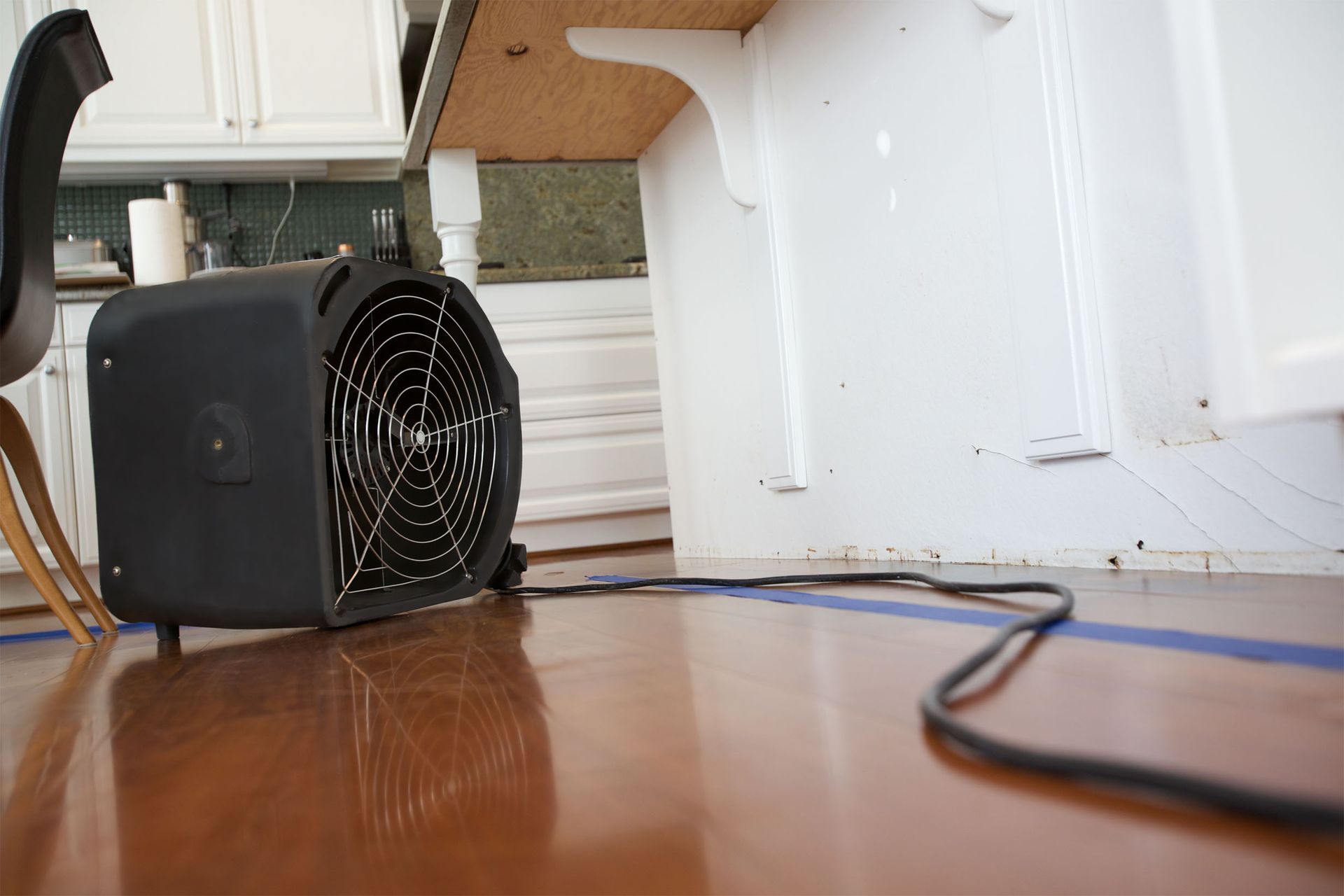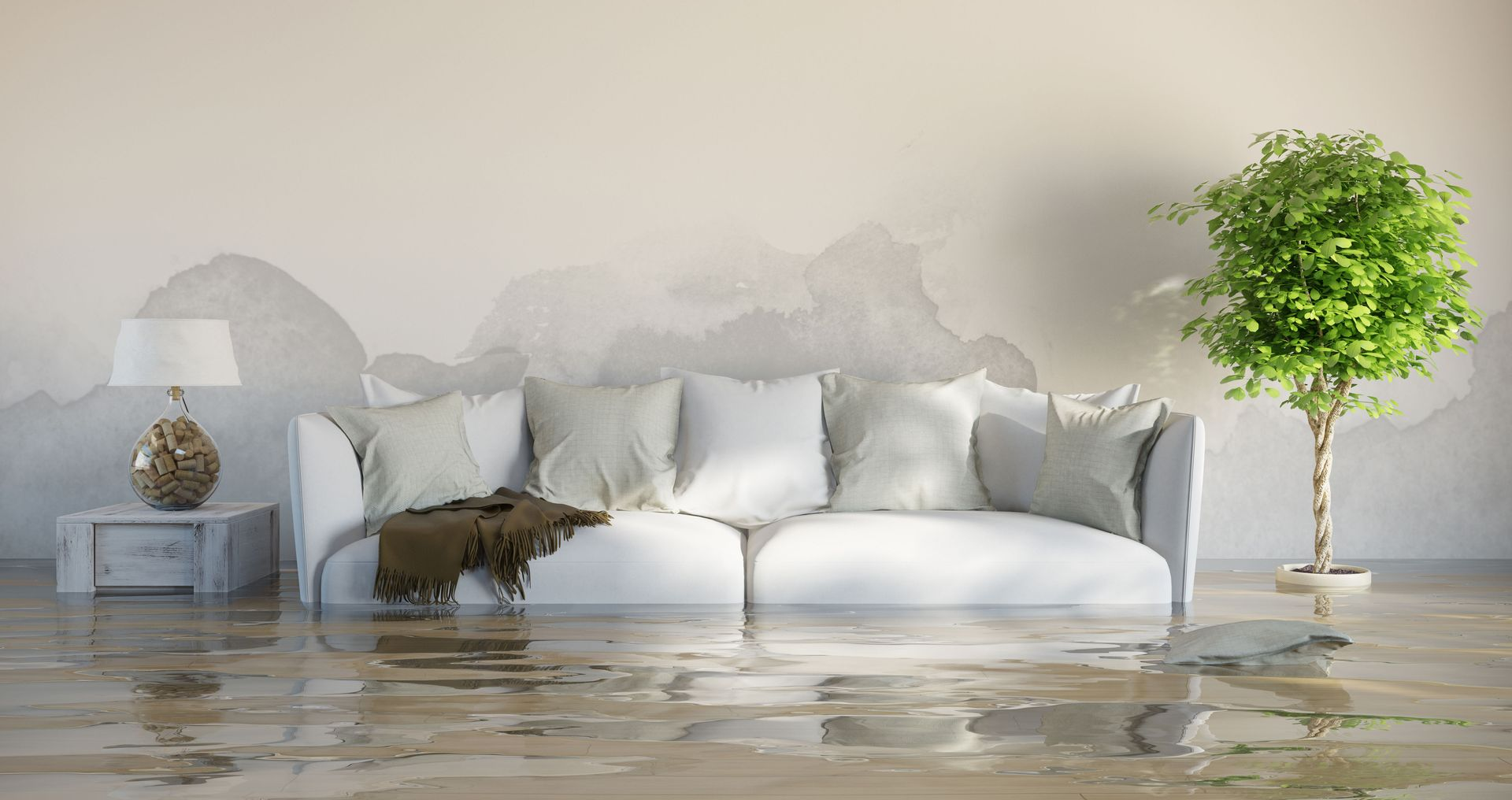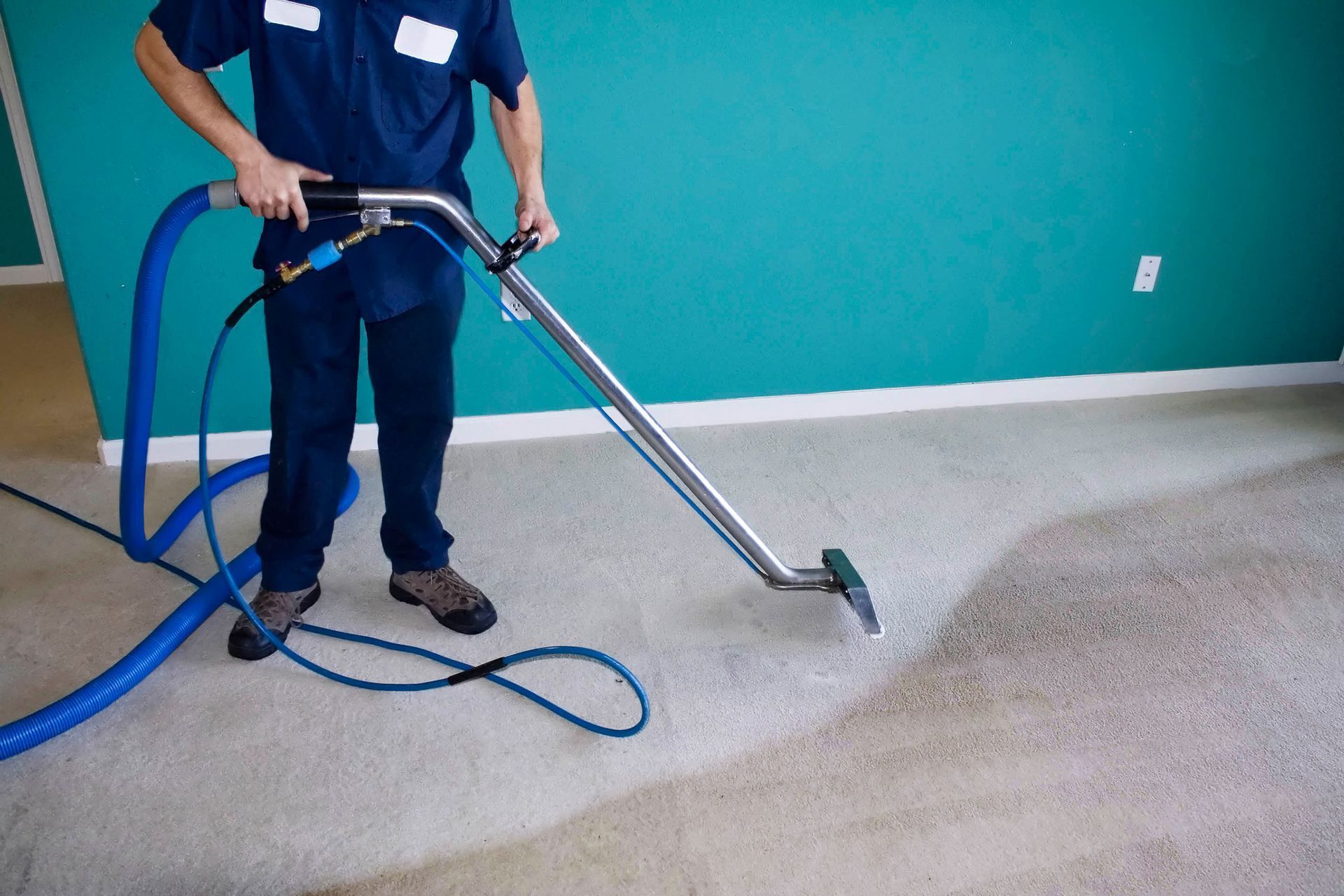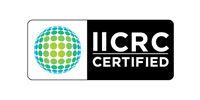September 26, 2025
Water damage in a home can be both overwhelming and costly, leaving homeowners uncertain about how to proceed with insurance claims. Understanding the steps involved in filing a claim is essential for recovering costs and ensuring repairs are conducted appropriately. This guide will discuss the various stages in the process, offering insights and tips to help homeowners navigate their insurance claims successfully with the help of a professional water damage restoration service.
Understanding Your Insurance Policy
Review Coverage Details
The first step in filing a successful water damage claim is thoroughly reviewing your insurance policy. Homeowners insurance policies vary, and understanding what is covered is crucial. Pay attention to the specifics regarding water damage, which may overlap with flood damage, not typically included. Clarification from your insurance agent can prevent misunderstandings during the claim process. Familiarizing yourself with the terminology and provisions of your policy is a proactive step that can save time and stress later on, especially if you plan to hire a water damage restoration service.
Identify Exclusions
Understanding the exclusions in your policy is as important as knowing what is covered. Common exclusions related to water damage may include neglect and failure to perform routine maintenance. Some policies might exclude damage from prolonged exposure to water or floods. Knowing these exclusions helps set realistic expectations when filing a claim. Discussing these details with an insurance agent can provide clarity on what to expect and how a water damage restoration service may assist with uncovered losses.
Check Deductibles and Limits
Knowing the deductible and the coverage limits of your insurance policy will aid in financial planning. A deductible is the out-of-pocket amount you must pay before your insurance coverage kicks in. Coverage limits set the maximum amount an insurance company will pay for a covered event. This knowledge helps assess the economic feasibility of making a claim and whether you can allocate funds toward a professional water damage restoration service if needed.
Understand the Claims Process
Familiarizing yourself with the claims process outlined by your insurer can make the experience smoother. Typically, this involves reporting the claim, assessing damages, processing the claim, and receiving compensation. Be aware of time frames for reporting a claim, which can affect the outcome. The claims process can involve multiple parties, including adjusters, contractors, and sometimes a water damage restoration service. By understanding the timeline and stages, you can better manage your expectations and actions.
Confirm Agent Contact Information
Having up-to-date contact information for your insurance agent can facilitate speedy communication. In the event of water damage, prompt notification of your agent is essential. They can guide you through the immediate steps to take and what documentation is needed. Keeping their contact details readily accessible can prevent delays. Furthermore, ongoing communication with your agent ensures you stay informed throughout the claims process and can coordinate quickly with a water damage restoration service if required.
Documenting the Damage
Take Photographic Evidence
Photographic evidence is a key component in any insurance claim for water damage. Clear, detailed photos can substantiate the extent of damage, serving as visual proof for claims adjusters. Take pictures from multiple angles, ensuring you capture both the overall scene and close-up details. Include areas not immediately affected to show the difference and emphasize damage. Proper documentation with photos can significantly impact the outcome of your claim.
Create a Detailed Inventory
An inventory of damaged items supports your claim by providing an account of losses. This list should include descriptions, purchase dates, and estimated values of each item. Consider using receipts or appraisals to verify values when possible. A well-documented inventory aids adjusters in determining compensation for lost or damaged property. Organized records can streamline assessments and lead to faster resolutions.
Record Dates and Times
Time-stamping your documentation adds another layer of precision to the claims process. Recording when the damage occurred and when it was first noticed provides context for the insurer. This information can be crucial, especially if a dispute arises regarding the timeline of events. Document every instance of water intrusion and subsequent effects as comprehensively as possible. Detailed records help build a stronger case for your claim.
Gather Maintenance Records
Having maintenance records can demonstrate that the property was well cared for and that the damage was not due to neglect. Such records may include plumbing inspections, waterproofing efforts, and past repairs. Insurers look favorably upon proactive maintenance efforts, as they suggest responsible management. According to This Old House, about 25% of home insurance claims filed from 2018 to 2022 were due to water damage or freezing, highlighting the importance of preventive measures. Providing proof of proactive maintenance can alleviate concerns of negligence.
Keep Damaged Items for Inspection
When possible, retain damaged items for examination by the insurance adjuster. Physical proof allows adjusters to assess the extent of the damage more accurately. This is especially relevant for high-value or heavily damaged items. However, be cautious of health hazards and dispose of items that present risks after documenting. Keeping representative items can aid in claims negotiations and validation of damages.
Taking Immediate Steps to Prevent Further Damage
Turn Off Water Sources
Stopping the source of water is crucial to prevent further damage to your property. This often involves shutting off water supply valves or stopping the flow of incoming water. Immediate action minimizes damage, mitigating subsequent complications and associated costs. It is a critical step that insurers expect homeowners to take when safe and possible. Ensuring these steps are taken can strengthen your case during the claim process.
Begin Water Extraction
Removing standing water prevents additional issues like mold growth and structural deterioration. Using tools such as wet vacuums, buckets, and mops can expedite this process. Engaging professionals for comprehensive water extraction may be necessary for significant flooding. According to many insurance policies, homeowners are responsible for mitigating damages to avoid invalidating their claims. Effective water extraction demonstrates that you are taking necessary steps to reduce further damage.
Set Up Dehumidifiers and Fans
Dehumidifiers and fans can help dry out affected areas, reducing the risk of mold and mildew. Mold can start growing within 24-48 hours, so immediate action is vital. This step not only helps reduce secondary damage but is also regarded positively by insurance companies. Frequent airing out and consistent running of dehumidifiers promote better drying rates. Maintaining a dry environment can prevent long-lasting issues and support your insurance claim process.
Remove Personal Belongings
Quickly removing belongings from affected areas lessens the risk of additional damage. Salvageable items should be cleaned and dried as soon as possible to prevent further deterioration. Retaining items that succumb to damage can serve as evidence for your claim. This action also shows insurers you are proactively protecting your property. Correctly handling the removal of personal belongings can reflect positively during the claim investigation.
Document Mitigation Efforts
Recording the steps taken to mitigate further damage is essential for your claim. This document should describe actions you have taken, supported by photographs if possible. Each action can demonstrate to the insurer that you are responsible and have acted prudently. Mitigation logs can be a valuable addition to your claim, possibly influencing the compensation amount. A well-documented approach helps show diligence and prevent disputes about the state of your property.
Navigating insurance claims after water damage requires a structured approach, detailed documentation, and strategic communication. Understanding the intricacies of your policy, documenting diligently, and engaging constructively with insurance professionals pave the way for effective claims management. Adopting best practices for damage mitigation, repair, and negotiation assures you receive fair compensation and achieve timely recovery. Employing the advice and tips outlined in this guide will empower you during this challenging process and help secure the optimal resolution for your situation. If you need professional water damage restoration service , make sure to contact ServicePros of Northern Virginia today!







